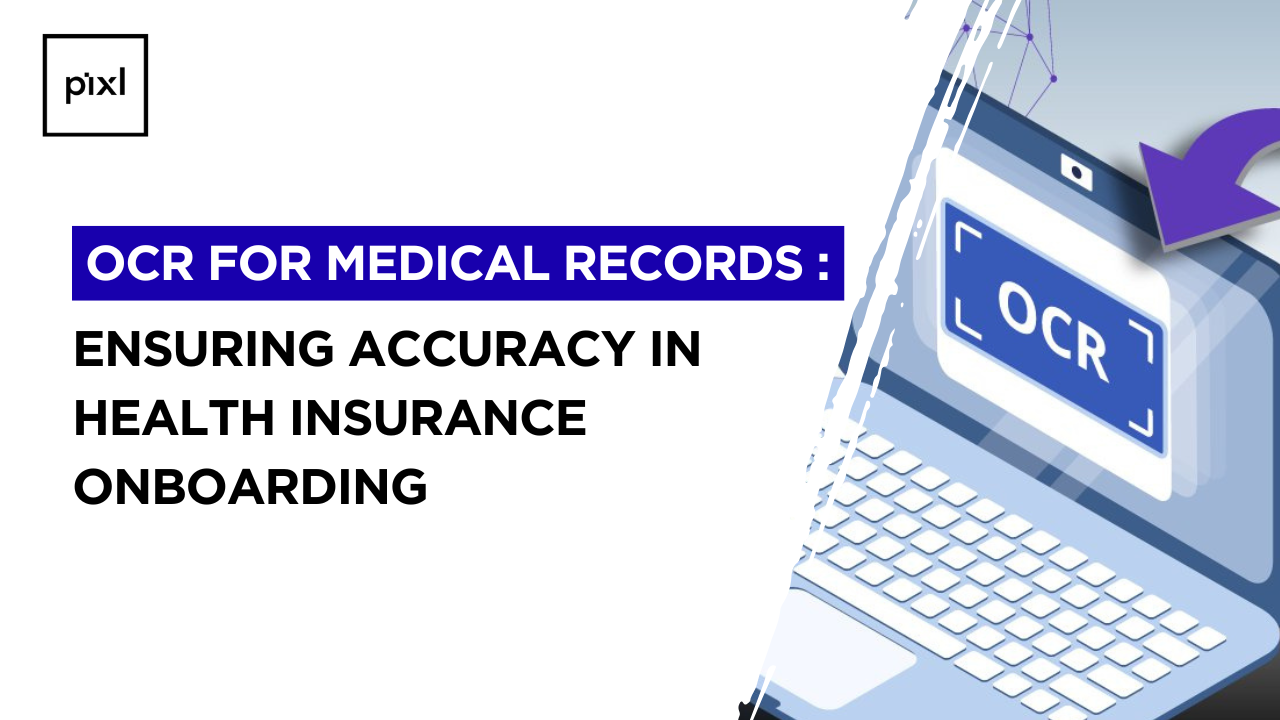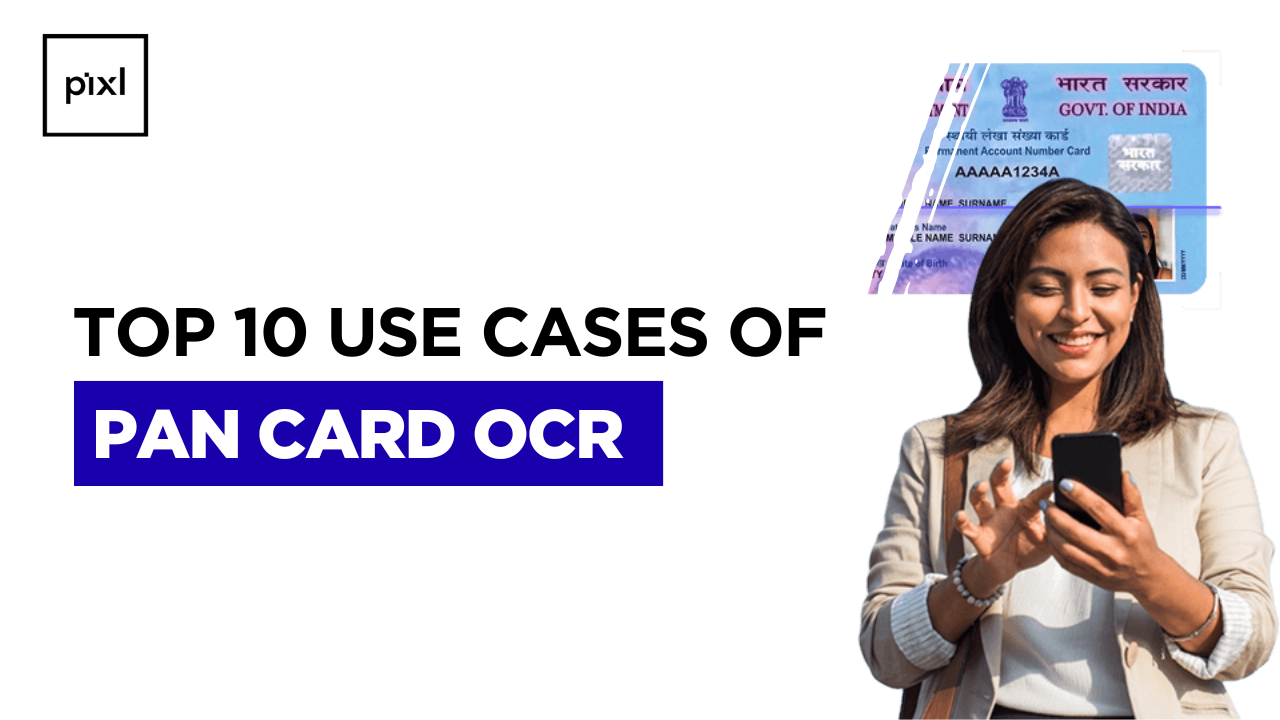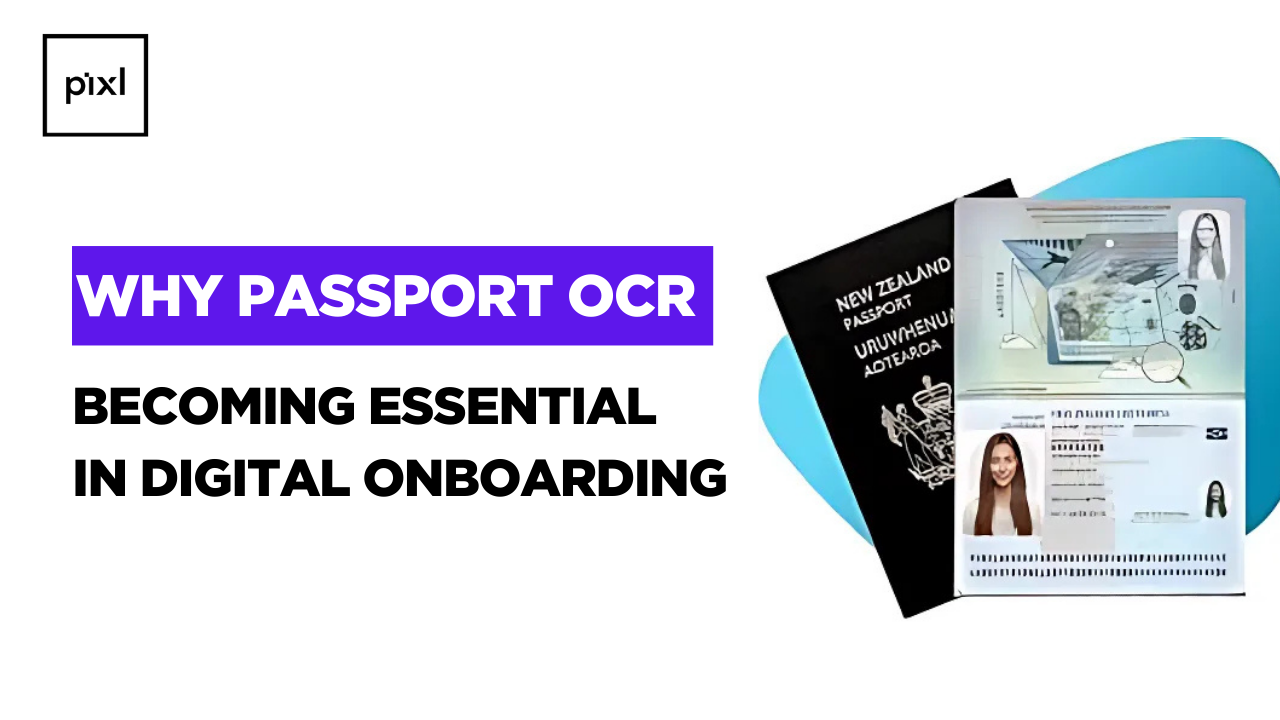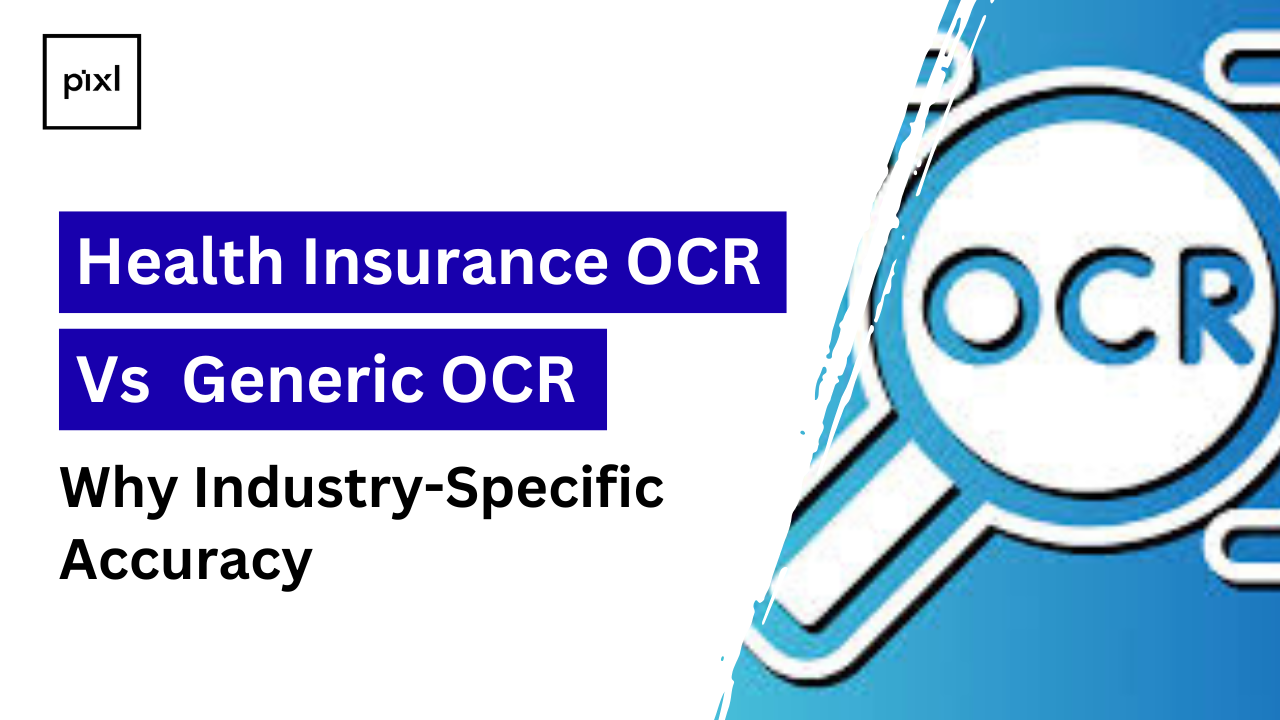Accurate medical records are the backbone of the healthcare industry. From determining patient eligibility to verifying past treatments, these records play a vital role in health insurance onboarding. Any error whether in prescriptions, diagnostic reports, or treatment histories can delay approvals, increase administrative costs, and impact customer trust.
This is where Optical Character Recognition (OCR) technology steps in. By digitizing and validating medical documents, OCR helps insurers streamline onboarding, reduce manual errors, and ensure faster, more accurate decision making.
Understanding OCR Technology
Optical Character Recognition (OCR) is a technology that converts different types of documents such as scanned images, PDFs, or handwritten notes into machine-readable text.
How it Works?
- Scanning: Medical records are scanned or uploaded into the OCR system.
- Recognition”OCR algorithms detect and extract text, numbers, and even handwritten notes.
- Conversion:The extracted data is converted into structured formats that can be used by digital systems.
In healthcare, OCR not only accelerates workflows but also ensures data consistency for critical operations like health insurance onboarding.
Real Life Challenges in Health Insurance Onboarding
Health insurance onboarding involves collecting, reviewing, and verifying vast amounts of medical records. Traditionally, this process is manual and time consuming.
Common Challenges:
- Manual Errors ( Manual entry error ) :Misreading or mistyping data from medical documents.
- Document Diversity:Records come in varied formats (handwritten prescriptions, lab reports, diagnostic scans).
- Delayed Approvals:Long processing times lead to frustrated customers.
- Compliance Risks:Missing or inaccurate medical details can lead to regulatory issues.
These challenges highlight the need for automation tools like Ai powered OCR to handle onboarding more efficiently.
Benefits of OCR in Medical Records Data Extraction
Adopting OCR technology for medical records offers insurers multiple benefits:
- Faster Onboarding: OCR reduces document review times by digitizing and validating information in minutes instead of hours or days.
- Reduced Manual Errors: By eliminating repetitive manual entry, OCR ensures higher accuracy and reliability in captured data.
- Improved Data Accuracy: OCR systems can validate extracted data against existing databases, ensuring consistency.
- Cost Efficiency: Automating onboarding reduces operational costs and resource requirements.
- Enhanced Customer Experience: Quicker onboarding builds customer trust and satisfaction.
For example, an insurer using OCR can cut onboarding time by nearly 60–70%, helping customers get covered faster.
Future of OCR in Healthcare industry
The future of OCR in healthcare is promising, especially when combined with AI and machine learning. Emerging trends include:
- AI-Powered OCR:Systems that learn from errors and continuously improve recognition accuracy.
- Multilingual OCR:Supporting diverse languages for regions with varied patient demographics.
- Integration with Blockchain:Secure, tamper proof storage of digitized medical records.
- Fraud Detection:Using OCR + AI to flag inconsistencies in medical records that may indicate fraudulent activity.
As healthcare moves towards digital-first ecosystems, OCR will remain a critical driver of efficiency and compliance.
Conclusion
Accurate medical records are essential for smooth health insurance onboarding, but manual processes are prone to errors and delays. OCR for medical records addresses these challenges by automating document processing, ensuring accuracy, and significantly reducing onboarding times.
With proven benefits in speed, cost savings, and compliance, OCR is not just transforming onboarding today it is paving the way for the future of digital health insurance. Insurers who adopt this technology can look forward to faster approvals, happier customers, and stronger regulatory confidence.



